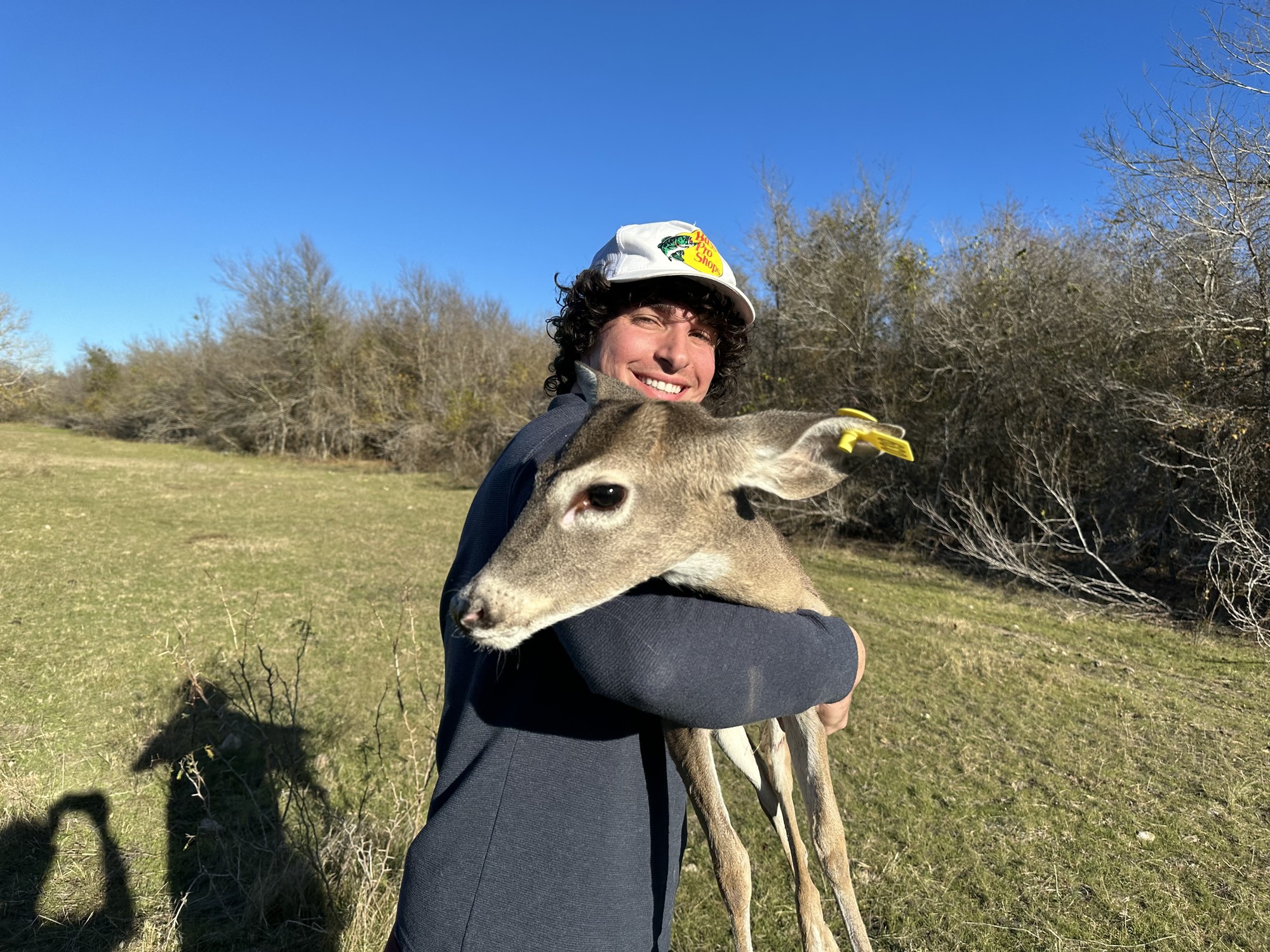Efficient Wildlife Removal Approaches for a Peaceful Home Environment
In the pursuit of preserving a tranquil living space, house owners usually deal with the obstacle of wildlife intrusions, which can disrupt the harmony of their atmosphere. Applying efficient wildlife removal strategies calls for a nuanced understanding of both gentle exclusion strategies and preventative steps.
Identifying Common Wildlife Intruders
Determining usual wild animals burglars is a vital very first step in effective wildlife administration. Comprehending the certain types that regularly penetrate property and business areas makes it possible for homeowner and wildlife experts to implement targeted techniques for mitigating potential damage and health dangers. Typical intruders often include raccoons, squirrels, bats, and different varieties of birds and rats, each bringing special difficulties.
Bats, while helpful for controlling insect populaces, can end up being a nuisance when they roost in attics, possibly spreading out conditions such as histoplasmosis. Birds, consisting of pigeons and sparrows, often develop unsanitary problems with their droppings, leading to structural degradation and health and wellness concerns - burlington wildlife rescue.
Humane Exclusion Methods
Comprehending the usual wildlife trespassers is the foundation whereupon efficient exemption methods are constructed. Recognizing species such as birds, raccoons, and squirrels assists in making humane exemption techniques tailored to particular behaviors and access techniques. Exclusion is a preventative approach focused on refuting wildlife accessibility to homes and properties, hence lowering the demand for more invasive procedures.
The keystone of humane exclusion entails sealing potential access points. Furthermore, making sure that doors and windows are safe and secure, and that screens are intact, can further hinder entrance.
Mounting ultrasonic gadgets or motion-activated lights can discourage nighttime wild animals. These exclusion methods not just safeguard the home setting but additionally respect the wild animals, allowing them to grow in their all-natural habitats without injury.
Safe Trapping Methods
When exemption techniques want, secure capturing techniques become a required choice in wildlife administration. Trapping, when carried out correctly, offers a humane and efficient ways of addressing an immediate wildlife problem while guaranteeing very little stress and anxiety and injury to the pet. This strategy requires an understanding of both the actions of the target varieties and the honest considerations involved in wild animals handling.
The primary step in secure capturing entails picking the appropriate catch kind. Live traps, such as cage catches, are typically advised as they enable for the capture and release of the animal somewhere else. These traps must be checked often to avoid undue stress or injury to the recorded wild animals. It is essential to follow regional regulations pertaining to trapping and moving to make sure compliance with lawful standards and wildlife preservation principles. wildlife removal Burlington.
Additionally, bait option and positioning are crucial parts in making certain successful trapping. Lure needs to be chosen based upon the nutritional choices of the target types and purposefully put to entice the pet right into the catch. Once trapped, the pet needs to be taken care of with treatment, making use of safety equipment if required, to help with secure transportation and launch, consequently preserving a balanced ecosystem and a relaxed home environment.
Preventative Home Modifications
While safe capturing techniques attend to prompt wildlife issues, long-term remedies often require preventative home adjustments to deter animals from going into human rooms. Executing these modifications not only enhances the safety and convenience of your living environment but additionally reduces the chance of future wild animals invasions.
An essential aspect of preventative techniques is securing potential access points. This involves inspecting and fixing any kind of voids or splits in the foundation, walls, and roofing system, as these can come to be accessibility paths for wildlife. Setting up chimney caps and repairing busted vents can stop birds, bats, and rodents from gaining entry. Safeguarding doors and home windows with weather removing and harmonize screens adds an added my sources layer of security.
Landscaping adjustments can also offer as efficient deterrents. Cutting tree branches that overhang the roof and getting rid of particles piles can remove routes and habitats that draw in wildlife. Maintaining a clean yard by protecting garbage containers and compost heap discourages scavengers such as raccoons and opossums.
## When to Call Experts
Expert treatment ends up being important in circumstances where wild animals problems surpass the extent of DIY solutions. Property owners might come across circumstances redirected here where the complexity or danger of the wildlife problem requires expert proficiency. Dealing with aggressive pets such as snakes, raccoons, or bats often requires specialized abilities and devices to ensure safety and efficiency. Trying to deal with these animals without proper knowledge can lead to injury or worsen the concern.
Moreover, problems including protected or jeopardized species call for a nuanced strategy to abide by legal laws. Specialists are furnished with the required permits and comprehend the lawful frameworks governing the handling of such varieties. This guarantees that removal is conducted morally and within lawful limits.

Finally, when wildlife poses a persistent issue despite duplicated DIY initiatives, specialist solutions can offer thorough evaluation and lasting remedies customized to stop reappearance - burlington animal control. Their competence not just fixes the instant problem however additionally safeguards the home environment in the future
Final Thought
Executing effective wild animals removal approaches is necessary for maintaining a serene home setting. Together, these techniques produce an unified living area cost-free from wild animals disruptions.

These exclusion techniques not only protect the home setting however also respect the wildlife, permitting them to grow in their all-natural habitats without injury.
Executing efficient wild animals removal strategies is important for preserving a tranquil home setting.
Comments on “Understanding the Demand for Animal Control Burlington in Urban Environments”